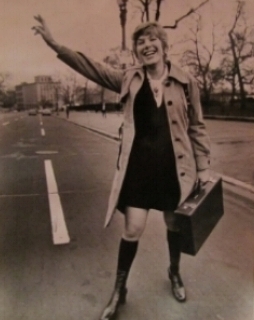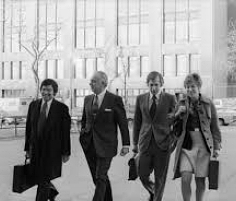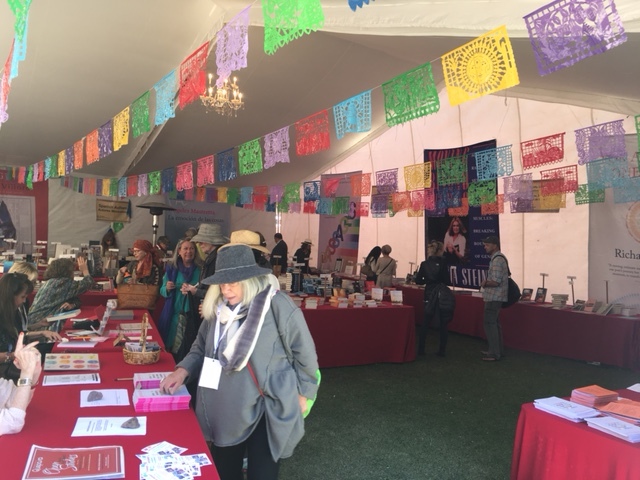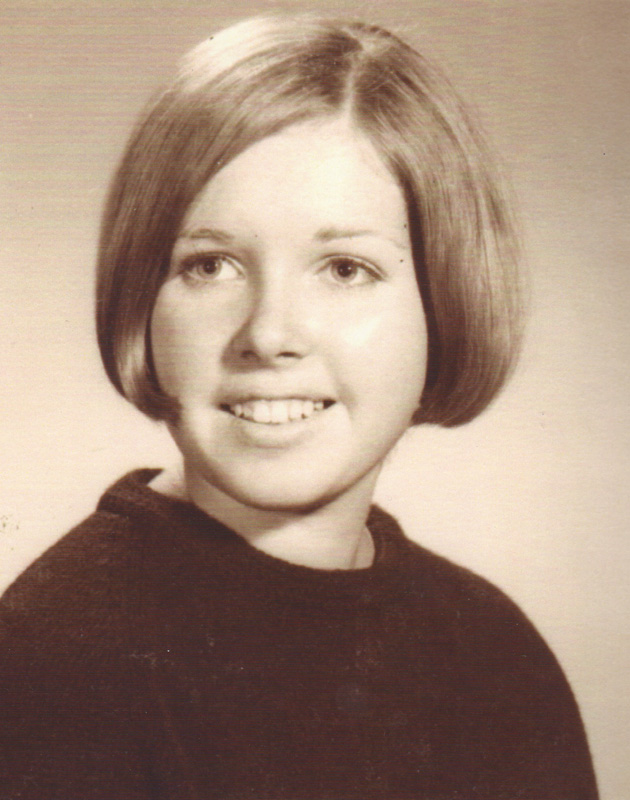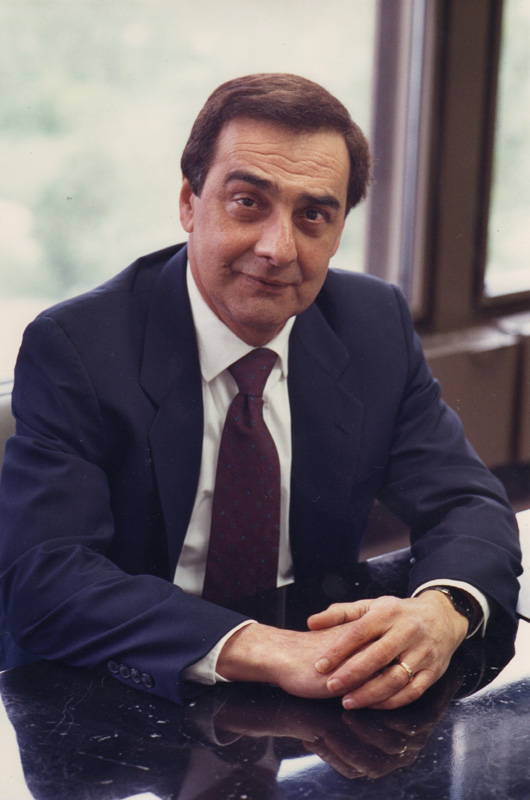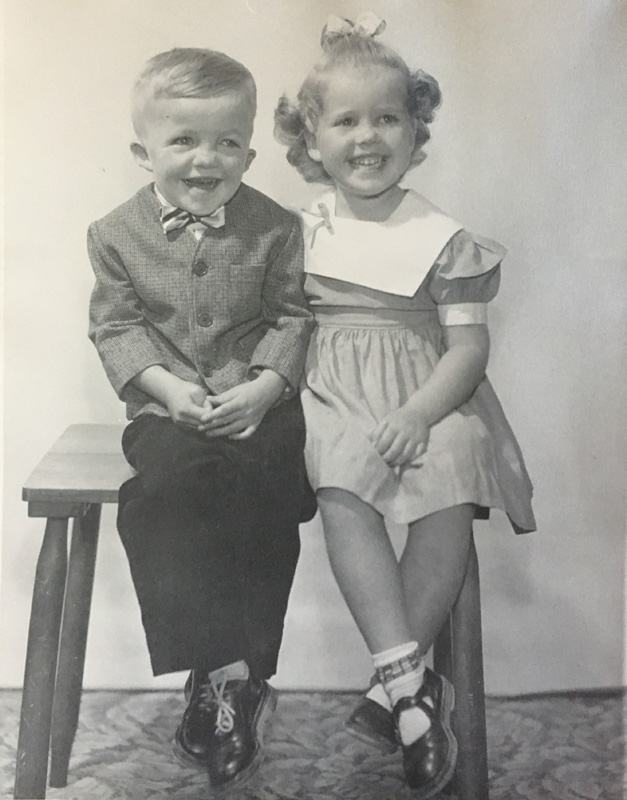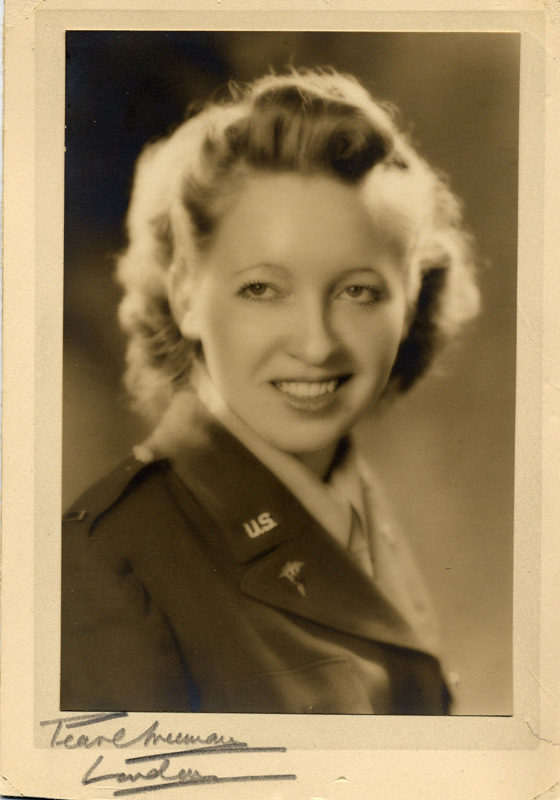What a Mini-Skirted Watergate Prosecutor Represents about Relevance
/The Re-Invention of Jill Wine-Banks
The Mini-Skirted Prosecutor
When I first met Jill Wine-Banks about five years ago we were both writing books about topics we’d been told repeatedly were no longer of interest—me about the Vietnam War and she about the Nixon White House. We both felt we might have missed our windows, but I was much more skeptical that hers was ready to be put out to pasture. After all, she was the one who interrogated Rosemary Woods, the White House secretary responsible for the notorious missing 18½ minutes of the Watergate tapes. I felt Watergate was right up there with the Nazis in terms of perpetual interest—the creative gift that keeps on giving. How could she doubt herself?
Let me back up. First of all, to meet Jill you need to do a double and triple take and think, no way could this woman have been around and in her prime back in the early 1970’s Watergate days. She looks way too young and still so striking that it’s easy to imagine her in the mini-skirt she got so much flack for back in the day. (She was dubbed the "mini-skirted prosecutor,” and eventually auctioned the garment off for charity it had become so famous).
I certainly hadn’t realized, as the Watergate hearings played on television in the background of my waning college hippie years, that there was a young woman in such a spotlight. It was still relatively early in the feminist movement and many were suspicious of her appointment as simply a coy legal strategy—bring in a woman to question a woman, rather than a big bad guy. And here was this very young woman, with blond hair and (apparently) really great legs, please!
Boy, she showed them.
I’m reminded of the words of a former client, the late great Jewel LaFontant, the former head of Refugee Affairs for Bush 41 and often both the lone woman as well as person of color on the 17 corporate boards on which she served-- a “two-fer, not a token,” as she called herself. “I have never NOT walked through a door that’s been opened to me. But once you take that step it’s all you.”
Going to Court
With Watergate Jill (then Wine Volner) burst through that door with a bang that resounds through today. The steps she took were giant, as she parlayed her success into an incredible list of achievements: first woman General Counsel of the Army, Illinois' first Solicitor General and first female Deputy Attorney General of the state, first woman EVP/COO of The American Bar Association, Executive at Motorola and Maytag. After an equally impressive list of not for profit/social advocate positions she has championed causes in education and social services, most recently serving on the US Department of Defense Subcommittee investigating sexual assault in the military.
Jill never stopped fighting, particularly as an outspoken critic of sexism. An early iteration of her book was as a memoir contrasting what it was like to be at the pinnacle of success and attention, yet still facing sexist attitudes and practices in both professional and personal circumstances.
The book was to be her point of view on Watergate and its legacy, a perfect coda to her impressive career.
And Then Came Trump
Today, legacy is no longer the issue – Jill's mission is to prevent history from repeating itself, and she is driven.
As aspects of the new Administration’s political situation grew progressively more familiar, Jill knew she had the credentials and a unique voice. She honed her messaging by participating in the Op-Ed Project which encourages new voices on world issues. The resulting editorial, “Comey’s Firing is as Bad as The Saturday Night Massacre,” was published with dazzling speed within days by The Chicago Tribune, and Jill has spent the months since fielding media calls and making regular appearances on MSNBC, CNN, ABC, Politico, The Huffington Post, Canadian and Australian television and more. And it’s only the beginning. On July 5 she made her debut as an official MSNBC contributor. As she puts it, she's been "re-invented by Donald Trump."
She also has a new working title for her revised book: From Watergate to Trumpgate.
With Justice Breyer and Bob Woodward
Jill’s message is clear: We learned lessons back then. We know better now. It can’t be allowed to happen again. She, along with the others on the prosecuting team, had felt that Watergate was a perfect storm of circumstances, an anomaly that could never recur, even as they watched as the laws that passed to protect us from another Watergate, including the Special Prosecutor law and campaign finance reforms, were undone by The Supreme Court or left to expire
She’s appalled yet clear eyed about the parallels between Nixon and Trump in terms of what we were unaware of then, and must be aware of now. Others may point out the differences, but her role is to point out the similarities. As she said of a recent, and remarkable, ABC 20/20 special in which she appears, Truth and Lies: Watergate “substitute the word ‘Trump’ every time they mention ‘Nixon’ and you’ll be astonished.”
Nothing is Irrelevant
The Authors
What I say is that Jill will never be irrelevant. An early feminist pioneer, today she's a leader who understands the obligation we have to learn from the painful lessons of history to keep from repeating the mistakes of the past. That’s the only way to move forward and change the world.
I asked Jill several years ago if she ever considered running for office. “I’m too thin-skinned,” she said. My response? “Please!” I asked again recently, given her new profile. She thinks maybe local government. In her seventies, it’s not a start… it’s not even a re-invention for a lifelong fighter...it’s a renaissance. Bravo, Jill.
PS. My favorite part of Truth and Lies: Watergate is learning that the burglars were caught because their lookout was watching television—the program was “The Attack of the Puppet People.”
Need I say more?
I hope YOU will. Please engage and comment.

